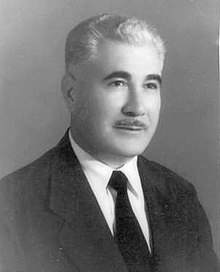1936
1945
1947
1969
1972
1979
1984
1987
1988
1989
1991
1996
1998
2007
2008
2011
2012













